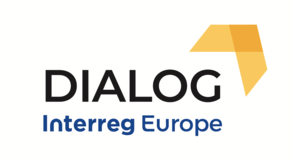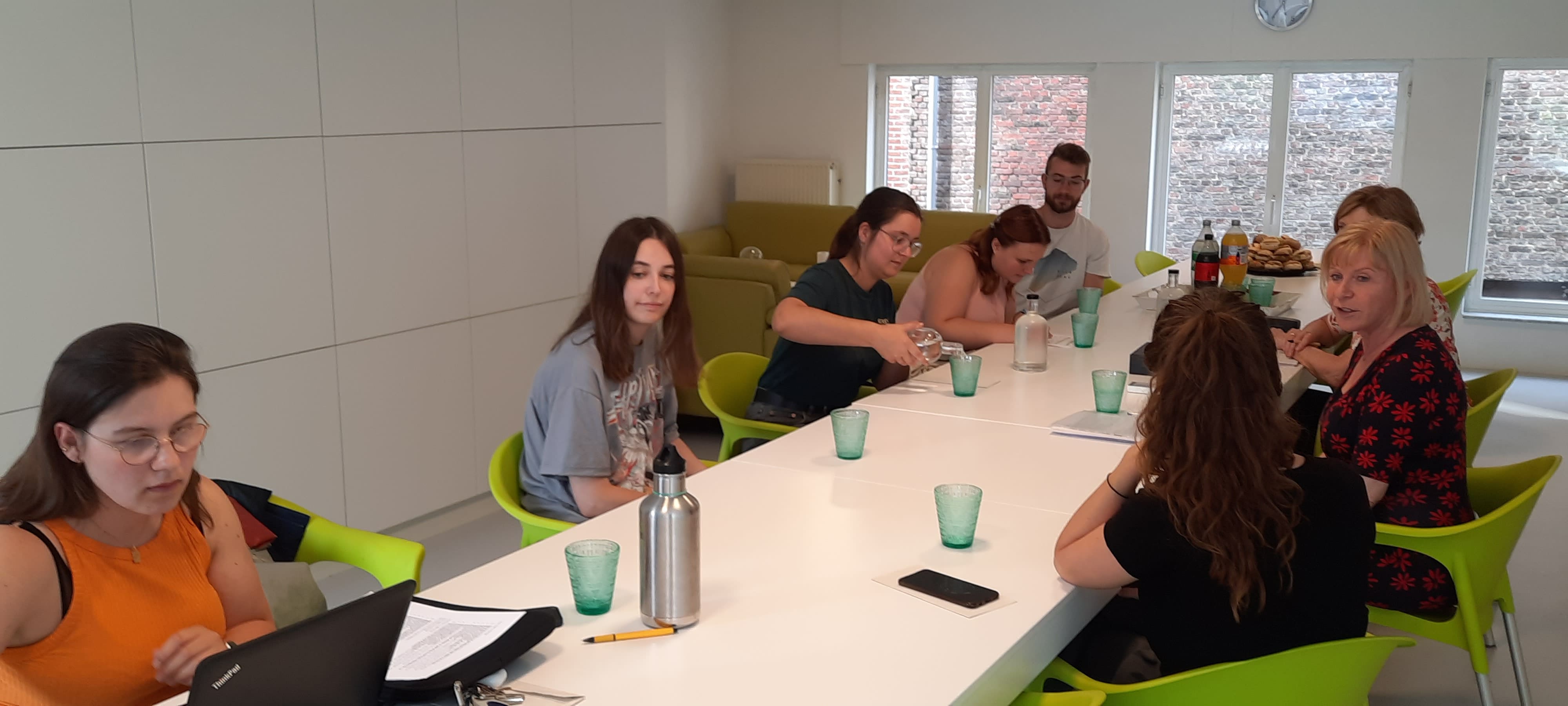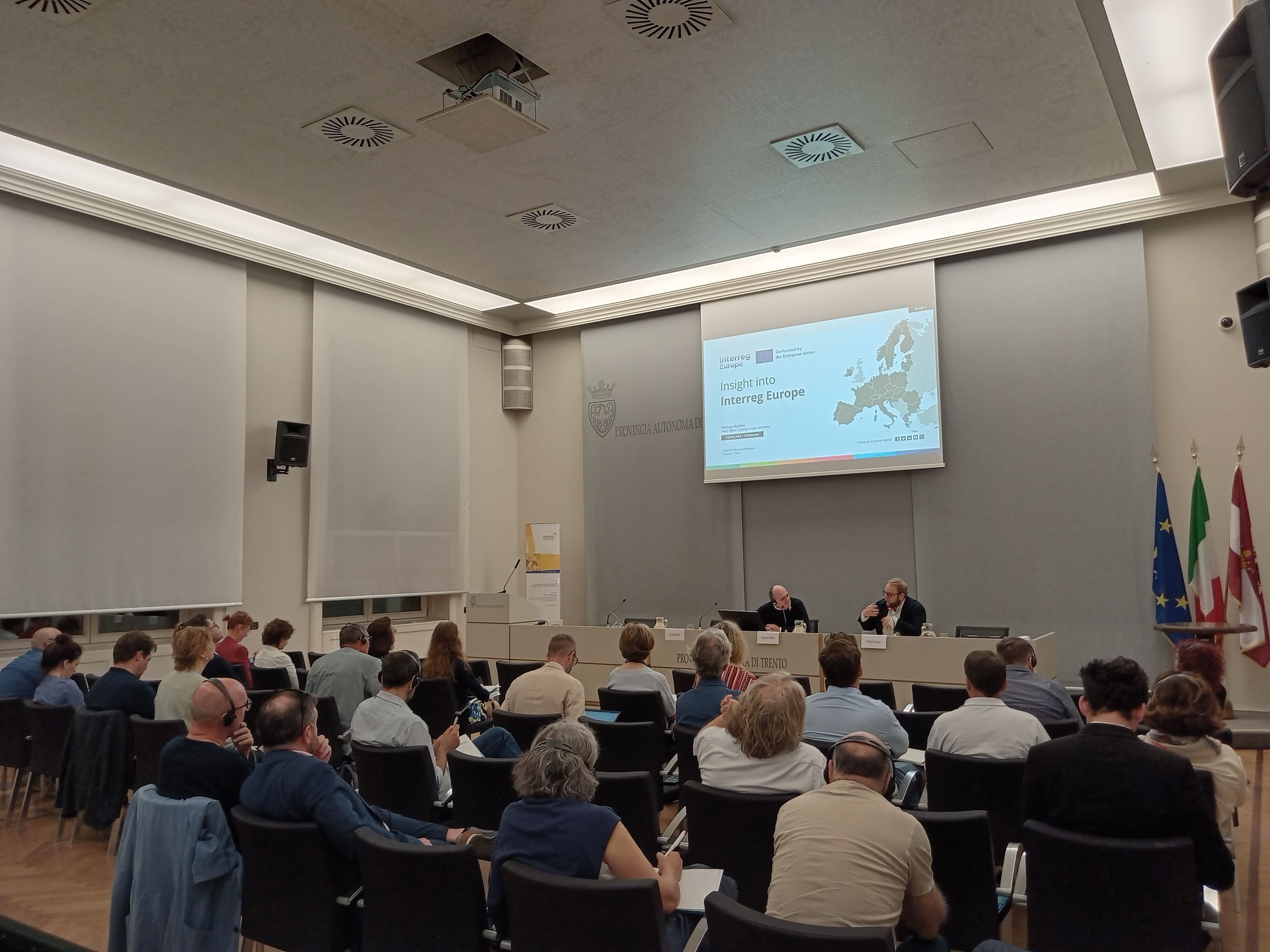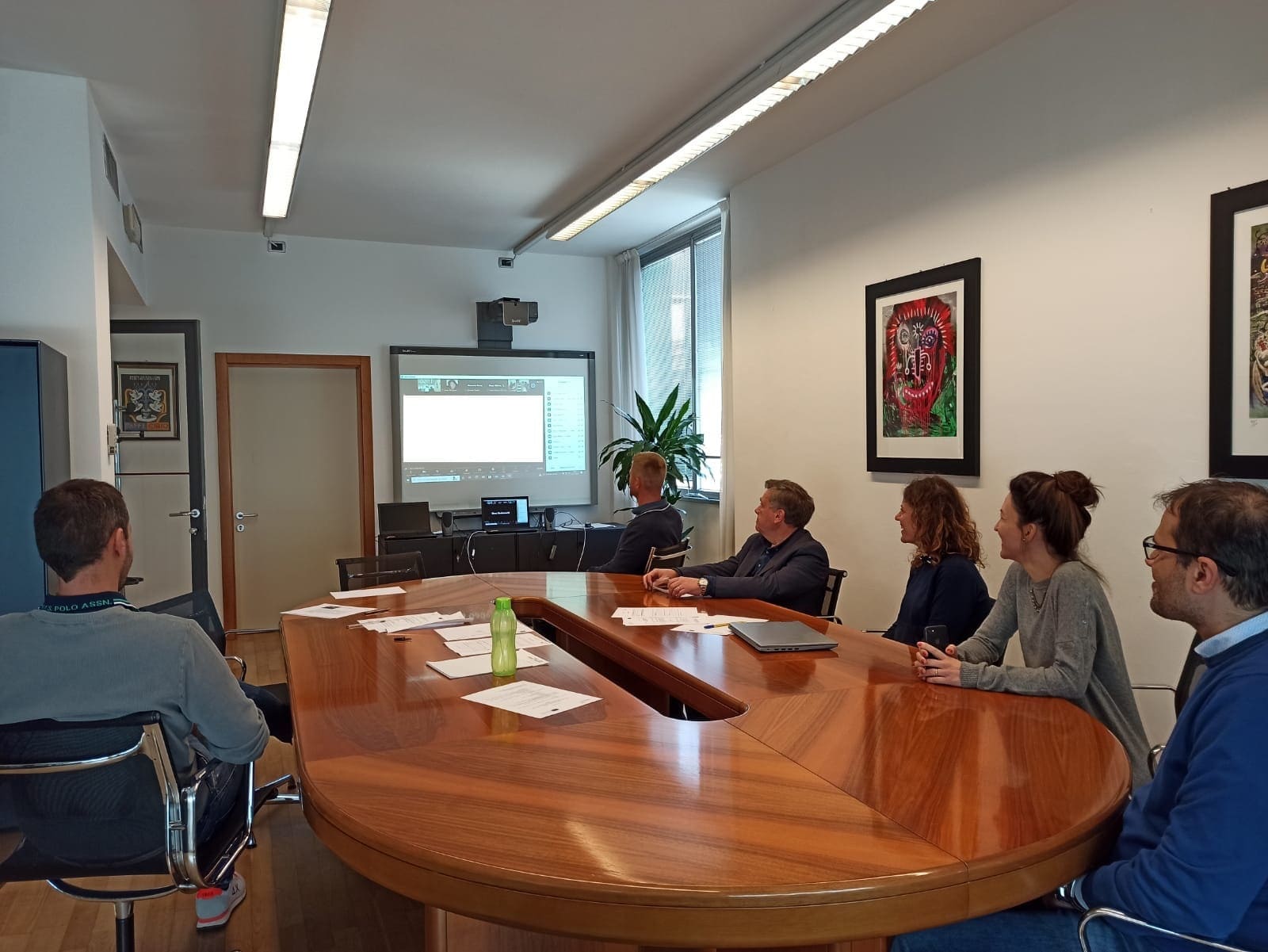Aim of the action plan
The major aim of the action plan is to give new insights for the ESF-operational programme 2021 to 2027 to work with partnerships and to make stakeholders co-creators in order to have more impact on the Flemish labour market.
ESF Flanders has already a long tradition of working with relevant stakeholders; but during the new programming period we want to go even a step further and create more local and regional partnerships. In the new ESF+ programme social inclusion is one of the important priorities because managing authorities are obliged to spend 25% of their subventions to social inclusion. For that reason ESF Flanders would like to create strong partnerships in this priority.
In the ESF program 2021-2027 two strategies are defined for the pillar ‘social inclusion’:
• the first strategy ‘inclusive entrepreneurship’ focuses on creating the right business context for the influx and retention of vulnerable groups (working together with social partners)
• via the second strategy ‘local partnerships for vulnerable groups’ the ESF will facilitate VDAB (the Flemish public employment service) and local authorities to set up sustainable local partnerships with relevant service providers
We already involve an important group of stakeholders but till now we have not involved the final target group although we realize that it is important to involve this group. Because their voice matters.
Action plan Flanders
We decided to focus on inclusive entrepreneurship and we liked to discover the ideas of young people about this topic. Following process would help us in introducing this activity:
• Inspirational document and lessons learned help us to get things started
• Lessons learned from Dialog good practices
◦ Analyse which stakeholders you need to involve
◦ Involve the final target group
• Monitoring and evaluating our way of working and which impact we can have
But the start of our action plan did not start smoothly. Because the partnerships working with youngsters, with whom we wanted to cooperate, were not interested in cooperating with us
So we looked for a new partnership, which agreed to work with us. This partnership:
◦ Is preparing a European project on inclusive entrepreneurship
◦ And they involve the final target group
We decided to cooperate in their partnership with the guide as base (to see what works and what does not work). To do in-depth interviews with the stakeholders concerning the way they want to stay involved. And we organized a meeting with the final target group (youngsters).
We also hired an external consultant to monitor this process.
• Their task:
◦ To see what went well and what needs to be improved
◦ Write a monitoring report which also provides extra tips and tricks which can be used in the involvement of stakeholders
• Advantages:
◦ It will give us extra inspiration concerning the topic of inclusive entrepreneurship (because we are preparing a call on this)
◦ It gives us more lessons learned and inspiration to work with partnerships
So in phase 2 we monitor this process guidance to see if this approach would be something which could be useful for other partnership experiments in the new ESF programme in Flanders.
Overall this can help us:
• With the mapping of the ecosystem and to see how stakeholders would like to be involved
• To give inspiration to the coaches with whom we are working (internal and external)
• To improve the quality of working of the partnerships
Till now we have learned that the use of social media is a more efficient channel to reach young people. And that it is interesting to think about nudging; which means that we are experimenting how we can influence stakeholders in a certain way (for instance in how to develop a more inclusive mindset).








